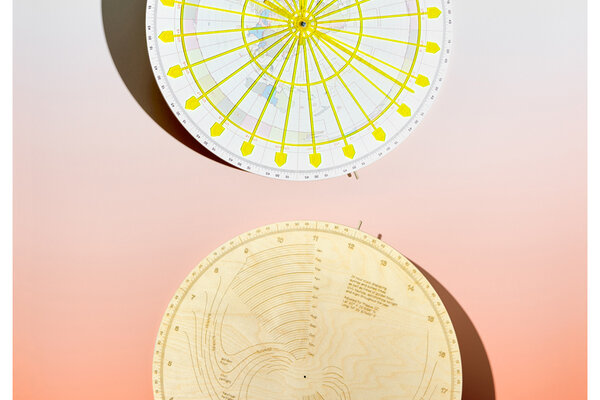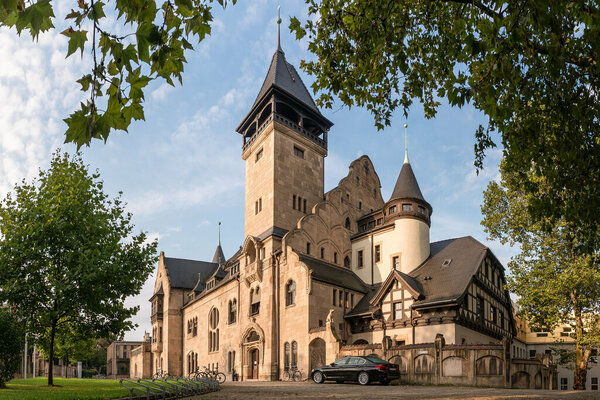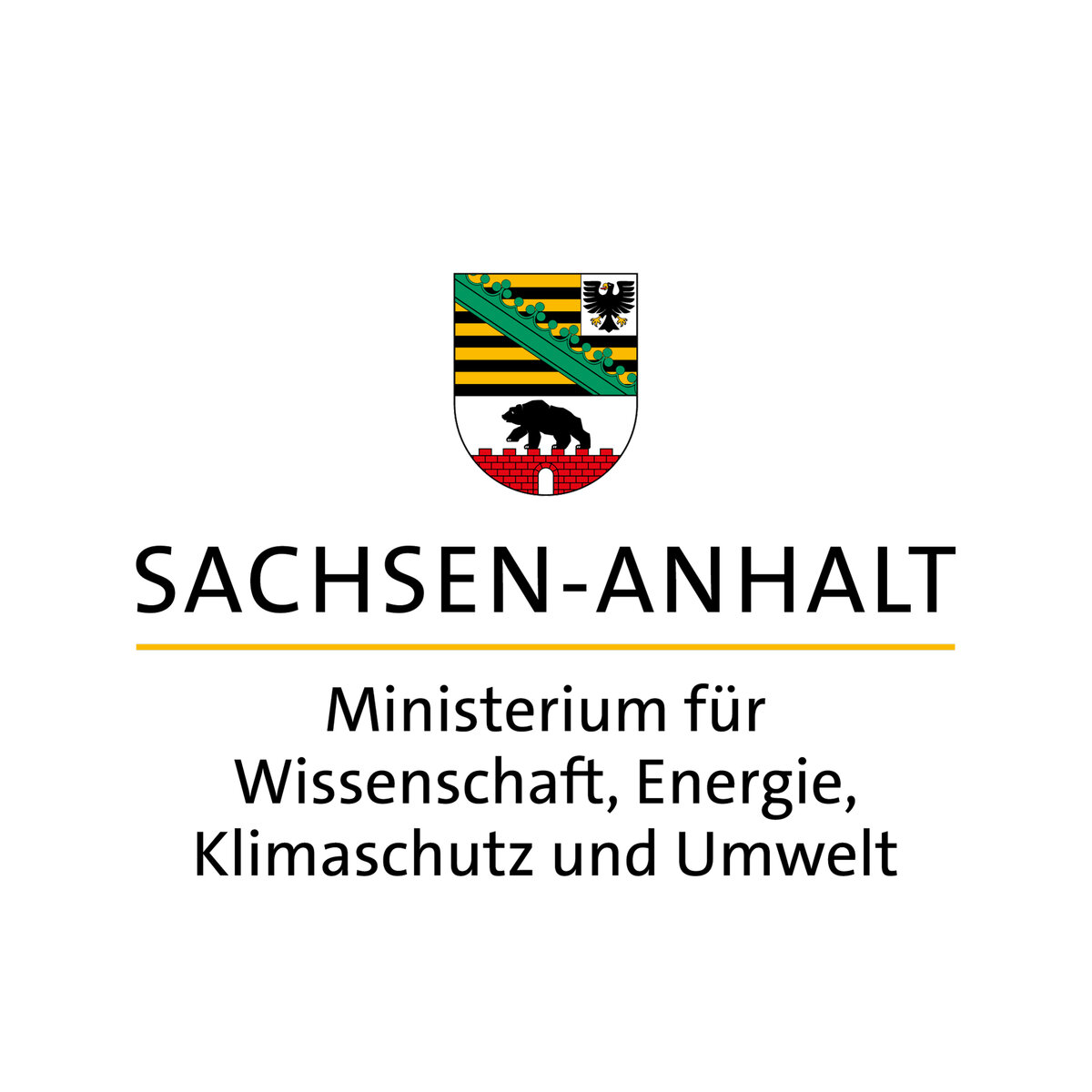BioLab offers all the conditions that ensure low-threshold access to bioscience work methods at BURG. They include appropriate equipment and professional instruction. On the one hand, the lab possesses state-of-the-art bioscience devices. On the other hand, it provides all the necessary organisms and chemical substances required for use in the common bioscience methods.
Students can experiment with microorganisms such as fungi, bacteria, algae and their products, which include fibres, bioplastic, cellulose, colourants, and more. They can also explore properties such as bioluminescence. We have the opportunity to use a range of chemicals to split biological materials open and extract substances. In future, we will also make equipment available for isolating DNA and the associated proteins.
Devices & consumables
- Stereo microscope
- Universal centrifuge
- Incubation shaker
- Sterile workbench
- Laboratory fume hood
- Autoclave
- Pressure cooker
- Upright incubator
- 3D Printer
- Electrospinning
- Precision scales
- Stirrer
- Pipettes
- Laboratory refrigerator/freezer to -20 °C
- Hazardous substances cabinet for acids, alkaline solutions, and organic solvents
- Laboratory glassware (flasks, test tubes, beakers, Schott bottles, graduated cylinders, etc.)
- Sterile disposable items (syringes, sterile filters, pipette tips, scalpels, centrifuge tubes, etc.)
Organisms (TBC)
- Aliivibrio fischeri (bacterium) – Bioluminescent bacterium
- Chlorella vulgaris (green alga) – Easily cultivated microalgae, scientific model organism, practices photosynthesis, high protein content
- Cupriavidus necator (bacterium) – Synthesises PHB – polyhydroxybutyrate (a polyhydroxyalkanoate (PHA))
- Gluconacetobacter xylinus (bacterium) – Produces cellulose and secretes it into culture medium
- Laetiporus sulphureus DH158 (bracket fungus) – Sulphur yellow to orange-coloured pigments, rots its host tree, "chicken of the woods"
- Laetiporus cincinnatus DH165 (bracket fungus) – Like Laetiporus sulphureus, prefers oak trees
- Lyngbya sp. (filamentous cyanobacterium) – “Blue-green alga”, bacterium that practices photosynthesis, key component of marine food chain, synthesizes scytonemin (UV-absorbing pigment)
- Nostoc commune (cyanobacterium) – Another “blue-green alga”, practices photosynthesis and can bind nitrogen, drought-resistant
- Nostoc sp. PCC 7120 (filamentous cyanobacterium ) – Like Nostoc commune
- Pseudoalteromonas luteoviolacea (bacterium) – Violet pigment (violacein)
- Pseudoalteromonas rubra (bacterium) – Red pigment (prodigiosin)
Media
- Culture media for bacteria, fungi, algae (potato-dextrose-agar (PDA), lysogeny broth (LB), malt extract-agar, etc.)
- Selected buffers and typical reagents for cultivation
- The available chemicals are recorded in the BioLab database and are constantly expanded















